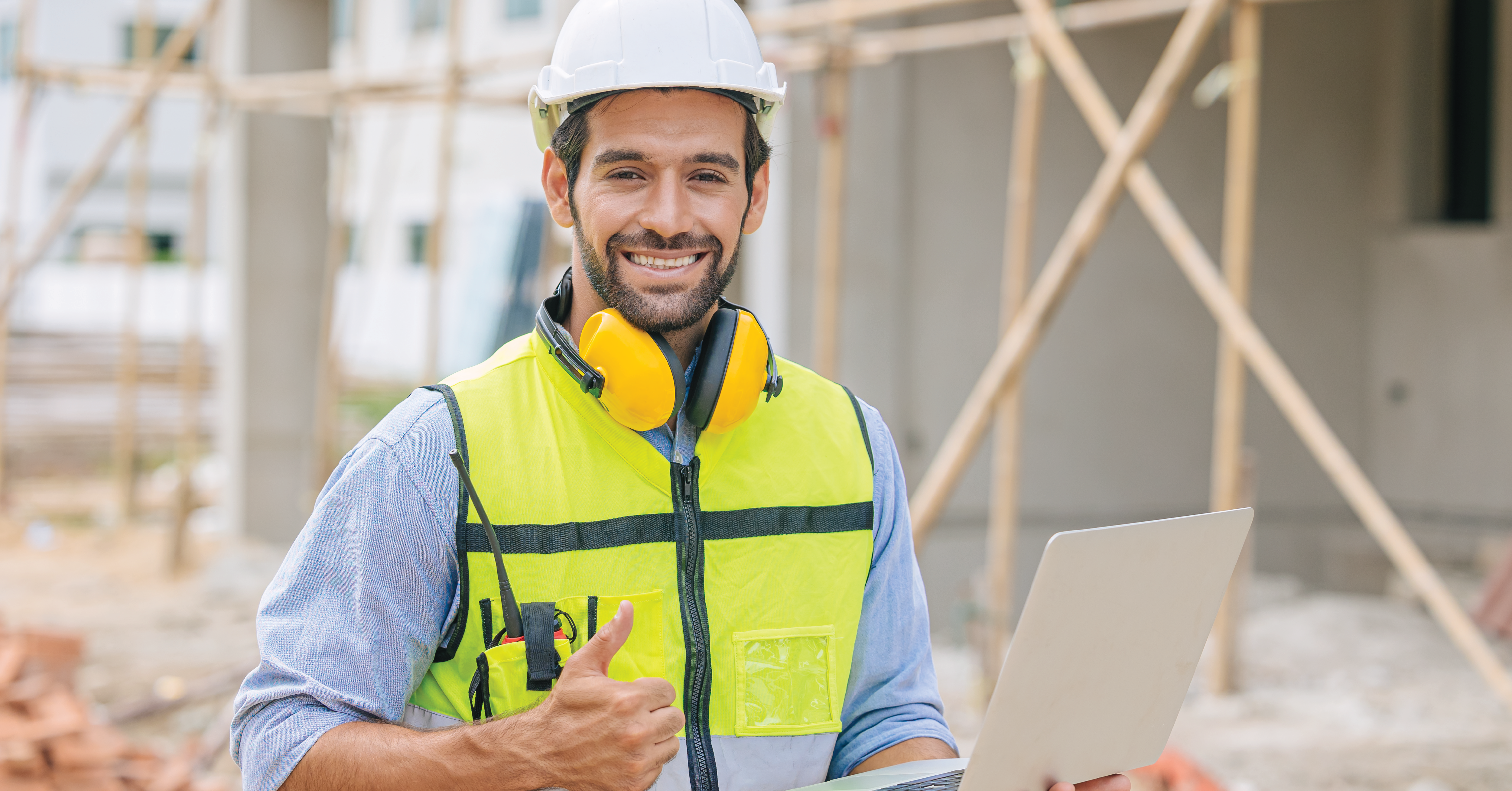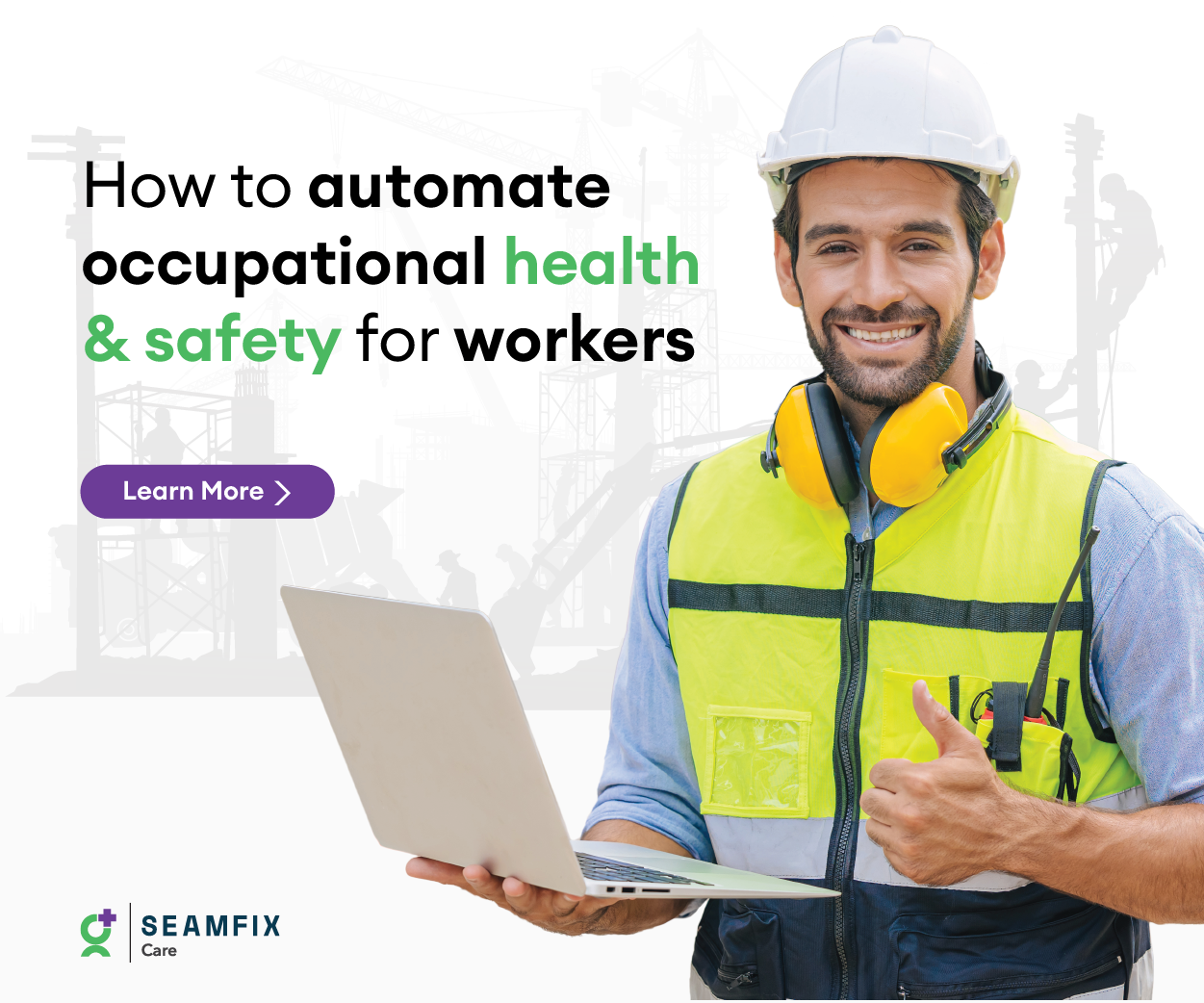Completing a construction project at the set date is very important, but following the required health and safety precautions is more important. Here is why health and safety in construction will always be a relevant discourse.
Are you aware that despite the various acts put in place since physical labour jobs and safety-related issues came to the limelight, at least, one in every seven construction workers still gets injured on the job annually?
One of these acts is the Health and Safety at Work Act of 1974 which requires employees to co-operate with their employer on health and safety matters and not do anything that puts themselves or others at risk. This means that construction workers must keep themselves fit for work, and by extension, they must guarantee the safety of others through their activities.
Construction workers must ensure that they are mentally and physically sound- not suffering from any condition that could make them lose consciousness or balance while working, and also take every precaution as their work permits to avoid any possible work hazard.
Only a fit construction worker lives to tell stories about the next construction projects
The Four Focus Hazards in Construction
The Four Focus Hazards are the most probable health hazards to occur on a construction site.
- Fall Hazards: a prevalent hazard during construction is one where a worker loses balance or stands on poorly aligned platforms. This results in a couple of physical injuries to parts of the body like the arms, legs, ribs, and even the head.
- Caught-In-Between Hazards: This is a very dangerous hazard related to workers being stuck or squeezed between objects or surfaces. Most times, this could not be predicted or foreseen, hence the need to be well guarded and vigilant during construction sessions.
- Struck-By Hazards: This form of hazard occurs when workers get hit by any object in motion; most times, it happens when an object is falling, dangling, or rolling over, and any injury sustained is as a result of the contact the object has with the worker.
- Electrical Hazards: As the name implies, this occurs when a worker is exposed to a dangerous amount of electrical charge or source of electrical energy. This could go beyond causing mere physical injuries, but could disrupt the functionality of some body parts and may result in death.
Why Safety is Important in Construction
- Minimal work-related accidents: The most important aim of health and safety in construction is to ensure that the rate of work-related accidents is drastically reduced.
- Public safety: If all safety measures and precautions are put in place on construction sites, then it extends to the public’s safety. Safety policies require that provisions like transport routes and pedestrian segregation, and caution signs are prepared to guide the public against walking into restricted, thus, dangerous work zones.
- Cost-effectiveness: From the legal perspective, safety in construction saves employers from incurring extra compensation costs when workers sustain injuries on the site. It also helps to avoid any delay that may result from shutting down construction sites when this happens.
Health and safety will always be at the core of construction; workers need to be in their right minds before projects, they must be physically and mentally fit to execute tasks during projects, and they must protect themselves from reacting to any post-work or health conditions.








